Get the Facts – 5 things to consider when extending your premises
1. What is going in the extension?
It sounds like an obvious question, doesn’t it? But it’s surprising how many people don’t plan ahead. First make a simple list of all the equipment that will be going into the new extension. Next to each item, add the recommended supply size and load of the equipment – the manufacturer will be able to provide this for you.
If you are moving existing machinery you may need to check the rating plate on the machine. Alternatively the machine can be checked for consumption using a simple clamp meter or by logging the consumption for a week or so to obtain accurate results.
Once you know what’s going into the extension, the total load requirement can be worked out. Don’t forget to include lighting and small power, and consider allowing for adding in machinery in the future – an extra 25% capacity is a good ballpark figure.
2. Do you have the spare capacity?
Once you know the requirements of the additional equipment, you need to check that your existing incoming electrical supply is large enough to accommodate the extra load. Contact your electricity supplier and ask for your ‘agreed capacity’ – this is the maximum amount of electricity your supplier has agreed to provide you with.
You will also need your ‘maximum demand’ figure from your supplier – this is the peak amount of electricity you have used at any one time. Your spare capacity is the difference between the agreed capacity and your existing maximum demand.
If you only need a small increase in your agreed capacity to accommodate the additional equipment, the work should be relatively quick and painless. However, if you require a substantial increase in supply you may be looking at a heftier cost and several months’ wait.
Tip: don’t presume that the rating of your main switch is your agreed capacity – having a 400amp main switch doesn’t necessarily mean you have a 400amp supply.
3. Get it designed
As with any electrical installation, it’s important to carry out a full design before you start. The design should not only include the above considerations but will also determine the installation method and location of supplies to equipment, sockets, lighting (including emergency lighting), fire alarms and so forth.
The designer will need to know where equipment will be located so they can sort out the cables sizes etc. They will also need to have an idea of the sort of tasks that will be carried out in the area so that they can determine the lighting levels required.
The benefit of producing designs is not only so that the works are planned and therefore installed to the correct standard but also to ensure that all parties are aware of the scope of the works to be carried out.
The method of installation should take into consideration how often you move machinery or upgrade your plant. It also makes sense to co-ordinate all the services required in the extension to save on duplication and reduce your costs.
4. Why not service your equipment at the same time?
We all know what it’s like – you have been meaning to get round to having your machinery serviced or refurbished but have held off because it’s always been in use.
Moving machinery is the perfect time to take advantage of enforced downtime and get it checked over or upgraded. A little extra time spent now can pay dividends in the future.
5. Locate all your manuals
Have you ever noticed that some machinery seems to have a mind of its own? You disconnect it from the main control panel and plug it in at its new location and next thing you know it’s refusing to work.
If a machine does need to be disconnected and then reconnected in order to be moved, first locate all the wiring diagrams and manuals for your plant and machinery, just in case. And second, make sure you use a contractor with a proven track record of this kind of work, as one crossed connection could bring your machinery to a halt.
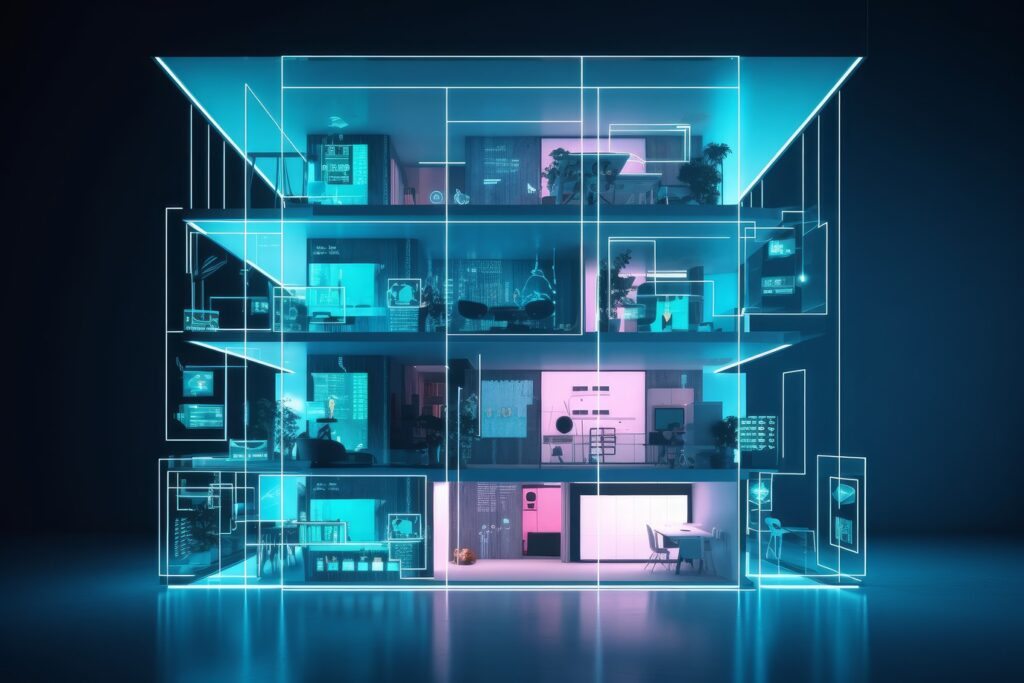
Our guide to building energy management systems
Building energy management systems (BEMS) are systems that allow you to monitor, control, and optimise the energy used within your building. The phrase building energy management system (BEMS) is often used interchangeably with the phrase building management system (BMS), but there are some differences. A BEMS is focused on energy-related systems such as lighting, heating, […]
Read more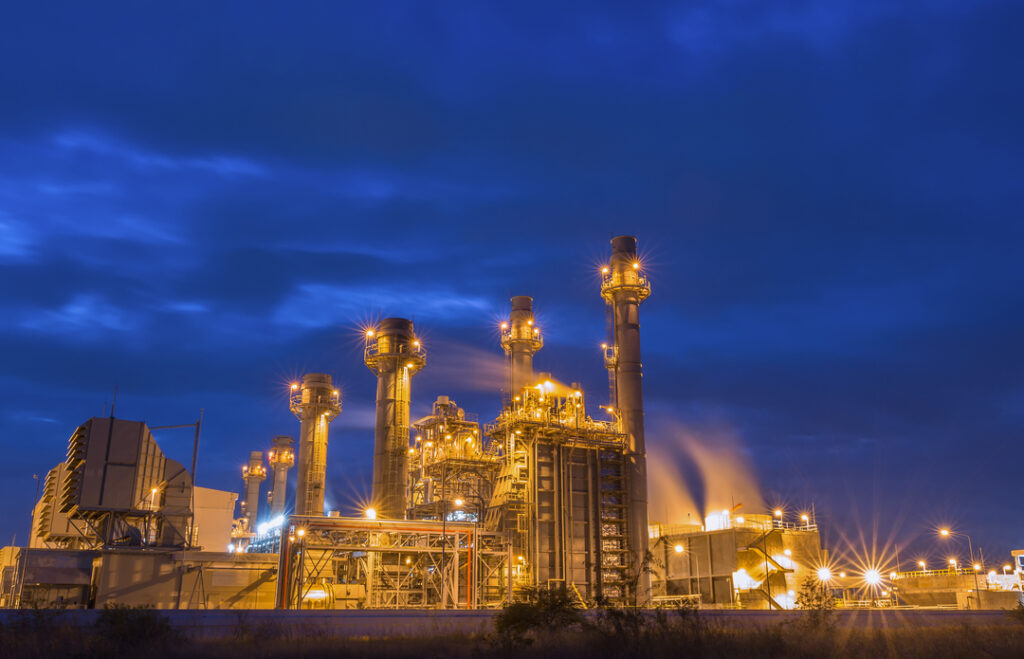
How far does power travel and what impact does distance have on performance
It’s easy to take our electricity supply for granted. We flick a switch and instantly have light or power. We don’t even think about it unless there’s an issue or an outage. But when there is an issue or outage, the impact can be significant. For manufacturers, even the smallest change in power can make […]
Read more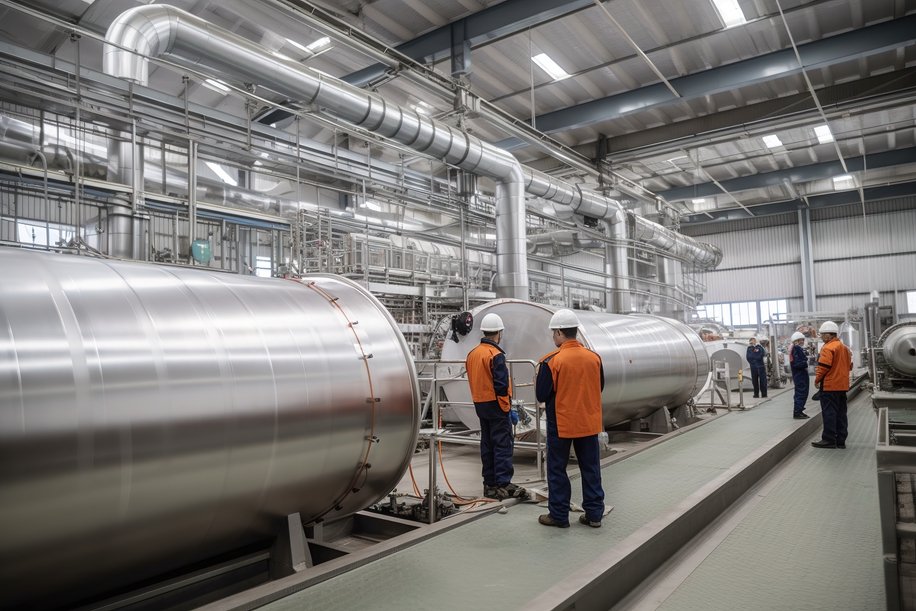
Why visibility of the production process is so important
Operational excellence, efficiency and quality are top priorities for almost every manufacturer worldwide. These things lead to improved productivity, happier customers and reduced waste – all of which result in increased profits. Visibility of the production process is the key to achieving these things. And manufacturers now have access to technology that can provide real-time […]
Read more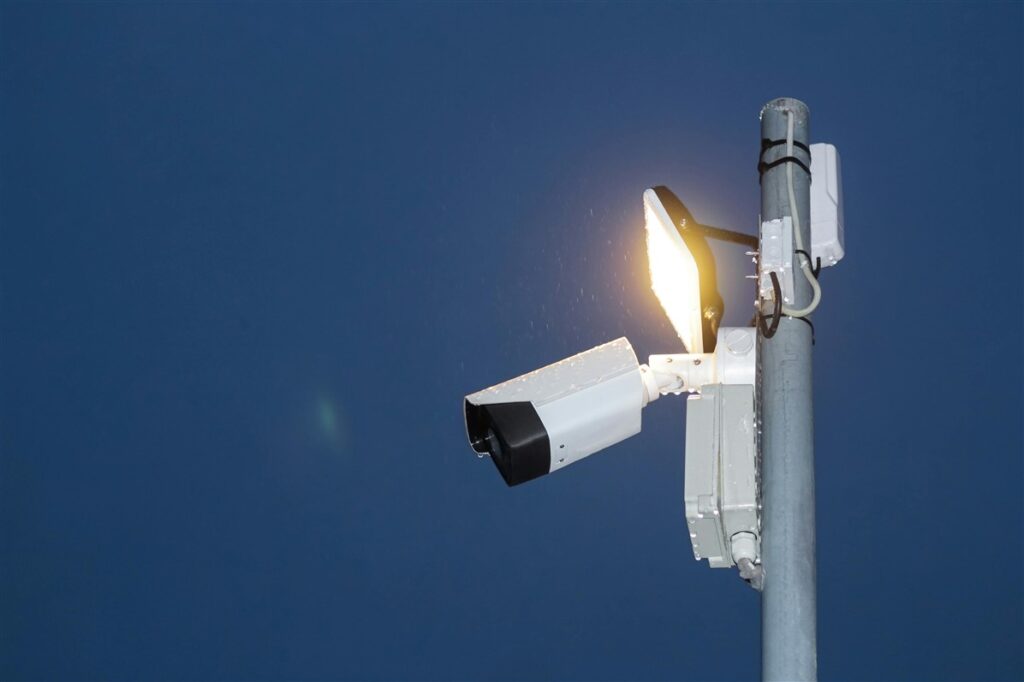
Will security lighting help to protect my staff?
Looking after the safety and well-being of employees should be a priority for any business. And while it’s not possible to mitigate every risk, there are measures you can take to improve their safety and security. One measure that is often overlooked is the installation of security lighting. When daylight disappears, visibility is reduced, increasing […]
Read more
Top 5 considerations when comparing electrical quotes
Budget is always a factor when you’re considering any type of upgrade, revamp, or maintenance work within your factory. But when it comes to electrical work, you have to consider more than just money. Don’t rush into accepting the cheapest electrical quotes without knowing exactly what you’re getting. Electrical work is not an area where […]
Read more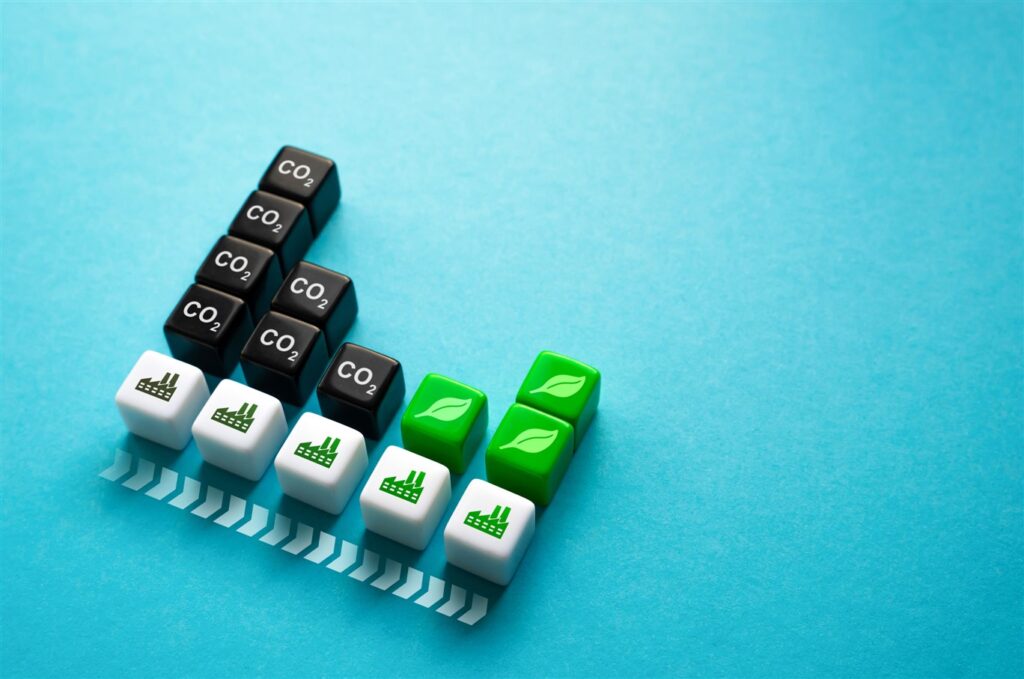
What is the role of companies in reducing our carbon footprint?
We should all be taking responsibility for protecting our planet and a big part of that is reducing our carbon footprint. But while it falls to all of us to do our bit, there is additional pressure on manufacturers, especially those with high carbon emissions. As an absolute minimum, these companies should ensure compliance with […]
Read more

